The international success of the BBC’s Call the Midwife notwithstanding, the overwrought tearjerker – once disparagingly called ‘women’s pictures’ – is a thing of the past. One of the most famous films of the moving melodrama is 1959’s Imitation of Life by Douglas Sirk, a glossy ‘weepy’ that capitalised on the real-life scandal surrounding its star, Lana Turner. It was the first movie to be released after the actress’ abusive boyfriend Johnny Stompanato (full-time Mob henchman and part-time lothario) was fatally stabbed with a kitchen knife in Turner’s pink boudoir by her 14-year-old daughter, Cheryl Crane.
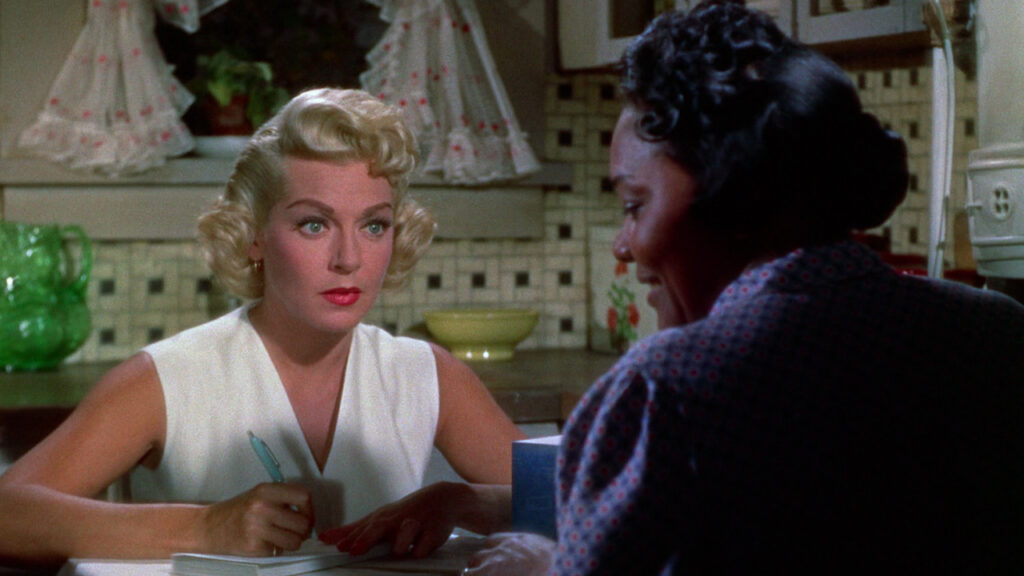
The subsequent hearing was a media circus, but Turner’s testimony allowed Crane to walk free without a trial; an inquest determined that Stompanato’s death was justifiable homicide (Crane’s 1988 memoir Detour was tell-all about the case, as well as living with a movie star mother, suffering sexual violence at the hands of one of Lana’s husbands, and coming out as lesbian).
So, when Imitation of Life – the story of the troubled relationships between mothers and daughters – was released, memories of Turner’s real life tribulations were fresh in audience’s memories, and they lined up in droves to see it. The movie was a remake of John M. Stahl’s 1934 film (rereleased on region 2 Blu-ray by Criterion), in turn based on a bestseller by author Fannie Hurst. In Sirk’s Imitation of Life, Lora Meredith (Turner), a white single mother who dreams of being on Broadway, has a chance encounter with Annie Johnson (Juanita Moore), a Black widow. Annie becomes the caretaker of Lora’s daughter, Suzie (Sandra Dee), while Lora pursues her stage career. Both women deal with the difficulties of motherhood: Lora’s desire for fame threatens her relationship with Suzie, while Annie’s white-passing biracial daughter, Sarah Jane (Susan Kohner), struggles with her racial heritage. It’s a rejection that breaks her mother’s heart. “It’s a sin to be ashamed of what you are,” Annie says, a sentiment as poignant then as it is today.
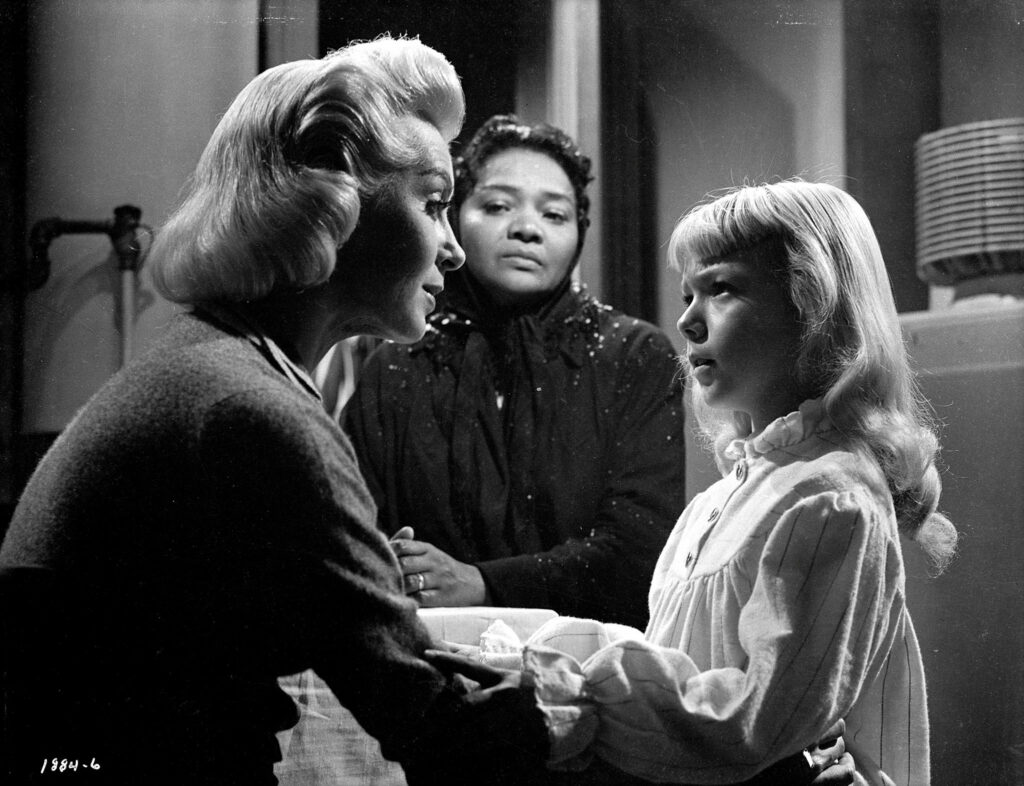
Both films’ antiracist messages are clumsy from today’s post-Black Lives Matter perspective but, with the distance of time, make for a startling contrast (with each other and, for that matter, 2021’s Passing, written, produced and directed by Rebecca Hall). These films are a timely reminder of how things have changed (and how things have not). Internalised self-hatred, the ‘White Saviour’, facework, Critical Race Theory, code-switching, identity politics: all are caught in the web of these two movies and make for a fascinating study.
In the 1934 film, Claudette Colbert and Louise Beavers play the mothers. It was a radical film for its time, tackling racial identity, exploitation and prejudice head on. The early version was praised for showing Black people who were intelligent and dignified, as opposed to the obsequious simpletons Hollywood had hitherto depicted them as – this was particularly ground-breaking in a decade defined by racism and state-sanctioned segregation, and Black Power was some thirty years in the future.
The 1959 version of the film was a shameless, cathartic weepy (where better to have a good cry than in a darkened cinema?) as much about class as it was about race. The hugely affecting three-Kleenex finale – so named for the number of hankies needed to staunch the tears – has Mahalia Jackson singing the weeping and wailing Gospel hymn ‘Trouble of the World’. If you don’t feel yourself welling up, you must have a heart of stone.
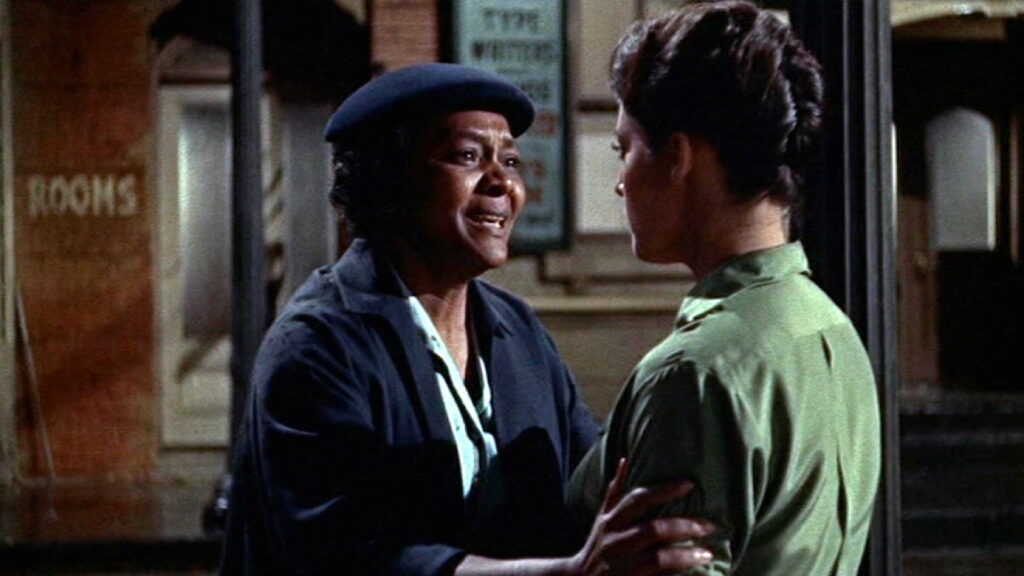
The film’s producer was Ross Hunter, a powerful figure and gay man in Hollywood whose Queer sensibilities imbued Douglas Sirk ‘s film. (The Vito Project LGBTQ+ Film Club, a series of regular screenings at the Cinema Museum in London which provides generations of Queer people a chance to see great films, showed Imitation of Life in December 2022. It was a sell-out.)
Imitation of Life is partly about how people reject their families – or are rejected by them – in order to find their true identity. Prince Harry’s tortuous family woes could almost be something concocted by Ross Hunter and Sirk. “Scrape away the glossy veneer and [Imitation of Life] emerges as a bleak drama about envy, racism and family guilt,” wrote film historian Geoffrey Macnab in 2004.
It’s Sirk who must be credited with the movie’s powerful look and unrestrained quality. Sirk became famous for a series of gloriously gloopy melodramas in the 1950s, although his pictures were often dismissed by the critics as trashy nonsense. Seen from today, they are deliciously transgressive and subversive (even camp), qualities that would have gone unnoticed with most of the film’s contemporary audience; there’s also something profound lurking beneath Sirk’s seemingly empty-headed blockbusters, a daring breaking of taboos and convention imbued with
what Sam Staggs calls ‘cockamamie pseudo-grandeur’.
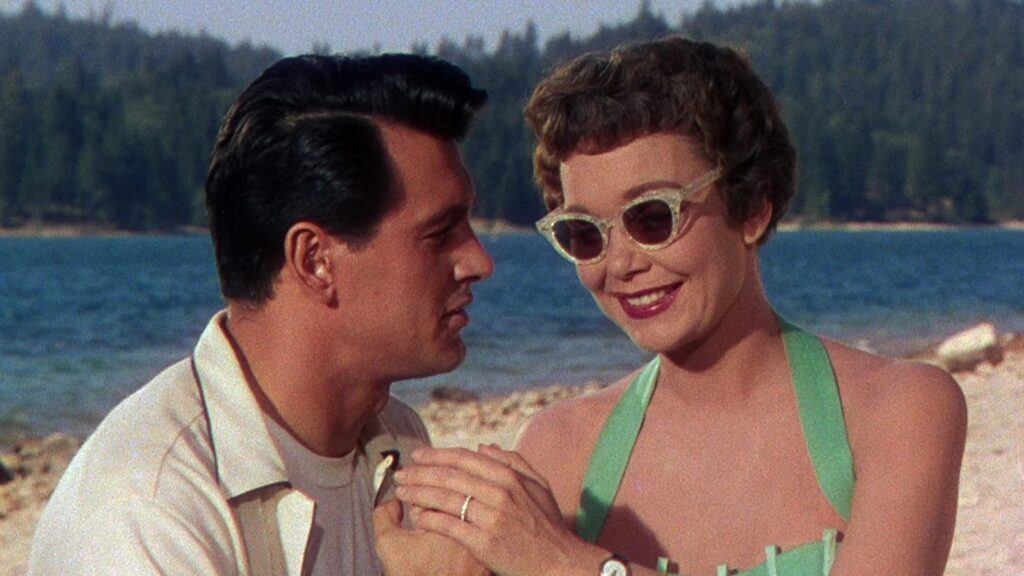
There’s wonderful, saturated Technicolor – from autumn leaves to boudoir decor – which seem to comment on the action and the hidden motives of the characters. Douglas Sirk became known as a colour expressionist, doing for colour what film noir did for shadow. The ‘Sirk red’ of sports cars and cocktail frocks pops on the screen.
One of Sirk’s favourite actors was Rock Hudson. The actor, who appeared in eight of Sirk’s films, was as tall, dark and handsome as you could ask for. In Magnificent Obsession and All That Heaven Allows, Hudson was the perfect foil for his co-star, the prim and trim Jane Wyman. There was a tension to their sexual chemistry which audiences loved. Today, there’s an added layer: despite Hudson’s screen persona as action hero and romantic lead he led a double life as a gay man, something that only became public when he died of AIDS in 1985.
In boomtime 1950s, money and success seemed to promise everything to conventional middle-class America. The true way to happiness was a lovely house in the suburbs and the latest model Chevy. But Sirk could see the cracks under the surface. These fissures would split the country apart in the youthquake of the 1960s when changing sexual mores and anti-war and civil rights riots rocked the US. As critic and Douglas Sirk admirer David Thomson wrote of Written on the Wind, it’s “an enticing key to the locked closets of Eisenhower’s nation, musclebound on power and terribly shy of its own guilty secrets. “It’s as if Sirk was lighting the way for his audiences to true contentment. In Magnificent Obsession there’s even a pseudo-religious subplot: do well to other people and wellness will come to you.
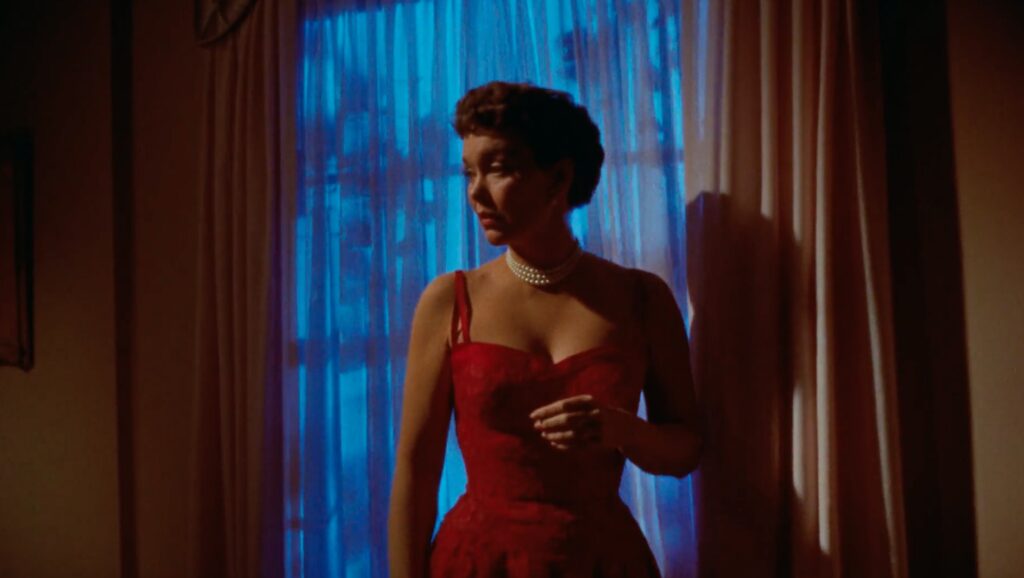
So recognisable was the director’s style that the term “Sirkian” was coined by film critics. And despite his movies going out of fashion, they inspired filmmakers as diverse as Rainer Werner Fassbinder, John Waters, Katherine Bigelow, Pedro Almodóvar, Allison Anders, Netflix showrunner Ryan Murphy and Todd Haynes, whose 2002 Far from Heaven was a loving homage to Sirk. Aaron Spelling’s phenomenal TV hit Dallas, clearly inspired by Written on the Wind, helped define the ‘greed is good’ 1980s. Original audiences loved Sirk’s overwrought, middlebrow fare as much as audiences of Dallas loved the fighting JR and Sue Ellen, and just as much as we today can’t get enough of Real Housewives and their ilk.
Douglas Sirk ‘s Written on the Wind and Imitation of Life (1934 version) are available on region 2 Blu-ray from Criterion; Magnificent Obsession (including the 1935 version) and All That Heaven Allows will be released in March 2023. Written on the Wind and Imitation of Life (1959 version) are streaming on Prime Video.
